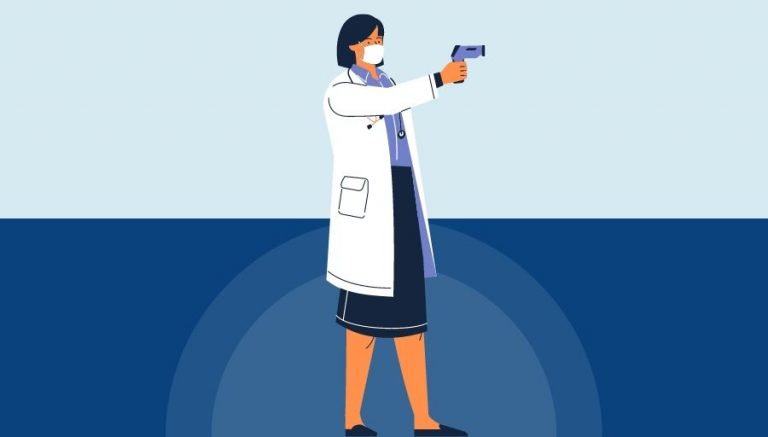How To Use CPT Code 27303
CPT 27303 describes the procedure of incision, deep, with opening of bone cortex, specifically in the femur or knee area. This article will cover the official description, procedure details, qualifying circumstances, appropriate usage, documentation requirements, billing guidelines, historical information and billing examples.
1. What is CPT Code 27303?
CPT 27303 involves making an incision in the bone cortex of the femur or knee to address conditions such as osteomyelitis or a bone abscess. This procedure is performed to relieve pain, pressure, or infection in a localized site on the upper leg or knee area.
2. Official Description
The official description of CPT code 27303 is: ‘Incision, deep, with opening of bone cortex, femur or knee (eg, osteomyelitis or bone abscess)’. This code specifically refers to the incision and opening of the bone cortex in the femur or knee region to address conditions such as osteomyelitis or bone abscess.
3. Procedure
- The provider begins by appropriately prepping and anesthetizing the patient.
- An incision is made along the femur or knee, targeting the affected site.
- The soft tissues and muscles underneath the incision are carefully divided to reach the bone.
- The periosteum, which covers the infected or abscessed part of the bone, is then divided.
- The provider proceeds to open the medullary cavity of the bone by either creating a window in the bone cortex or using a series of drill holes.
- The abscess is drained, and if necessary, the provider may also remove infected bone to expose healthy bone.
- The wound is irrigated to ensure cleanliness.
- The periosteum is rejoined, and the incision may be closed in layers or left open for subsequent discharge.
- A splint may be applied to aid in the healing process.
4. Qualifying circumstances
CPT 27303 is performed when a patient presents with conditions such as osteomyelitis or a bone abscess in the femur or knee region. The procedure is intended to relieve pain, pressure, or infection in a localized area. It is important to note that this code is specific to the incision and opening of the bone cortex in the femur or knee.
5. When to use CPT code 27303
CPT code 27303 should be used when the provider performs an incision, deep, with opening of the bone cortex in the femur or knee region. This code is appropriate for addressing conditions such as osteomyelitis or a bone abscess in these specific areas. It is important to accurately document the procedure and ensure that it aligns with the official description of CPT 27303.
6. Documentation requirements
To support a claim for CPT 27303, the provider must document the following information:
- Patient’s diagnosis indicating the need for the procedure
- Specific details of the incision, including the location along the femur or knee
- Description of the bone cortex opening technique used
- Any additional procedures performed, such as abscess drainage or removal of infected bone
- Details of wound irrigation and closure, if applicable
- Application of a splint, if performed
- Signature of the provider performing the procedure
7. Billing guidelines
When billing for CPT 27303, ensure that the procedure performed aligns with the official description of the code. It is important to accurately document the details of the procedure and any additional services provided. Review the specific billing guidelines of the payer to ensure compliance with their requirements. Additionally, consider any applicable modifiers that may be necessary for accurate billing.
8. Historical information
CPT 27303 was added to the Current Procedural Terminology system on January 1, 1990. It was initially categorized as an Inpatient Only (IPO) procedure. However, in 2017, it was removed from the IPO list. In 2022, it was added back to the IPO list. These changes reflect the evolving nature of coding and billing guidelines for this particular procedure.
9. Examples
- A patient presents with osteomyelitis in the femur, and the provider performs an incision, deep, with opening of the bone cortex to drain the abscess and remove infected bone.
- An individual develops a bone abscess in the knee region, and the provider performs an incision, deep, with opening of the bone cortex to relieve pressure and irrigate the wound.
- A patient experiences severe pain in the femur due to osteomyelitis, and the provider performs an incision, deep, with opening of the bone cortex to address the infection and apply a splint for support.
- An individual presents with a localized bone abscess in the knee, and the provider performs an incision, deep, with opening of the bone cortex to drain the abscess and perform wound closure.
- A patient is diagnosed with osteomyelitis in the femur, and the provider performs an incision, deep, with opening of the bone cortex to remove infected bone and promote healing.
- An individual develops a bone abscess in the knee region, and the provider performs an incision, deep, with opening of the bone cortex to drain the abscess and provide appropriate wound care.
- A patient experiences persistent pain in the femur due to osteomyelitis, and the provider performs an incision, deep, with opening of the bone cortex to address the infection and perform wound closure.




